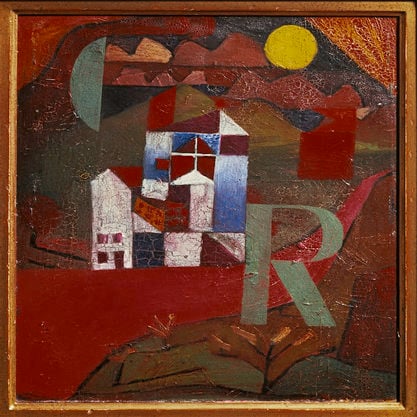Article
Neo-Impressionism By Somers, Lynn M.
Article
Neo-Impressionism (1886–1906) comprised a group of avant-garde painters in France who explored a systematic approach to painting that revived Classical ideals while critiquing Impressionism’s prevailing aesthetic of spontaneity and improvisation. Led by the young, Parisian-born Georges Seurat, a rebellious École des Beaux-Arts-trained painter and anarchist, the Neo-Impressionists first gained attention at the eighth and final Impressionist exhibition in Paris in 1886. There, Seurat and his student Paul Signac, accompanied by the older Camille Pissarro, and his son Lucien, staged their bold new work. Its centerpiece was Seurat’s monumental Sunday Afternoon on the Island of La Grande Jatte (1884–1886), a visual manifesto to Neo-Impressionist precepts.
In his review, art critic and activist Félix Fénéon coined the label néo-impressionisme to describe compositions that forcefully advanced Impressionism’s vibrant coloristic experiments. He detailed Seurat’s method of juxtaposing small, regularized touches of adjacent and complementary colors as ‘optical painting.” Termed “divisionism,” unblended pigments would theoretically “recombine on the retina” of the observer, resulting in a brilliant synthesis of hue and light on the painted surface. The methodical application of dots was termed “pointillism.”
